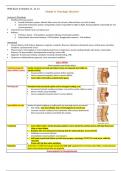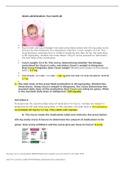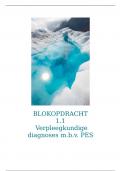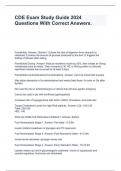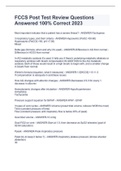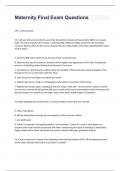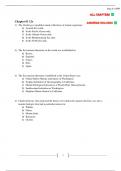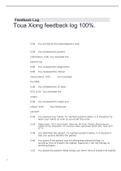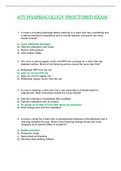Exam (elaborations)
NUR 336 PEDS Exam 5 Modules 11, 12, 13- Arizona College 2023
- Course
- Institution
NUR 336 PEDS Exam 5 Modules 11, 12, 13- Arizona College 2023/NUR 336 PEDS Exam 5 Modules 11, 12, 13- Arizona College 2023/NUR 336 PEDS Exam 5 Modules 11, 12, 13- Arizona College 2023/NUR 336 PEDS Exam 5 Modules 11, 12, 13- Arizona College 2023/NUR 336 PEDS Exam 5 Modules 11, 12, 13- Arizona College...
[Show more]
